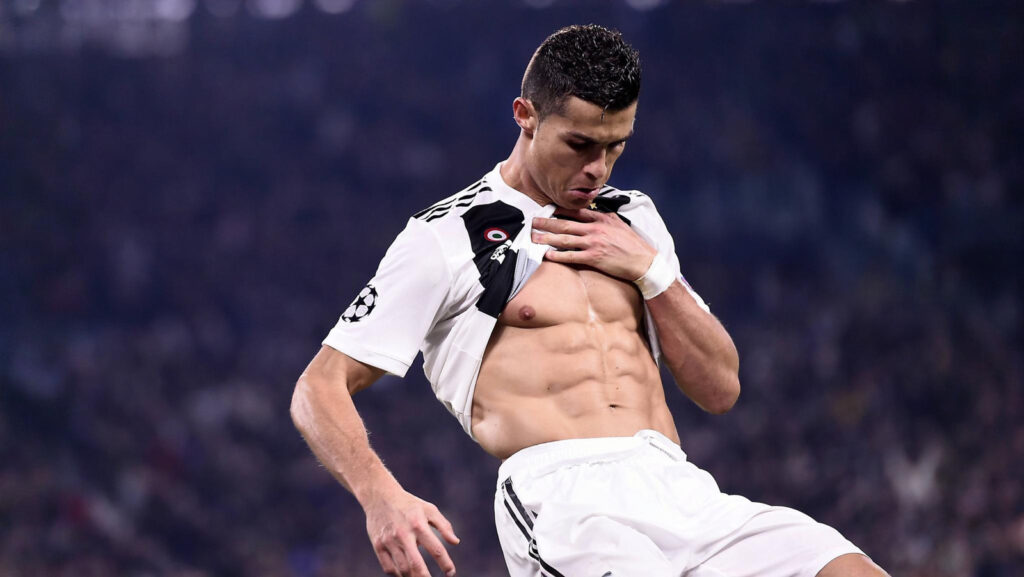Cristiano Ronaldo is more than a mere footballer. From being a winger at Sporting and Man United, to becoming an all-round striker at Real Madrid, Juventus, and elsewhere, his manner of playing mirrors the sport’s shift towards physical greatness. His transformation allowed him to be at the very top of his profession for an extended period. And perhaps, also has changed the game’s approach to conditioning, versatility, and professionalism.
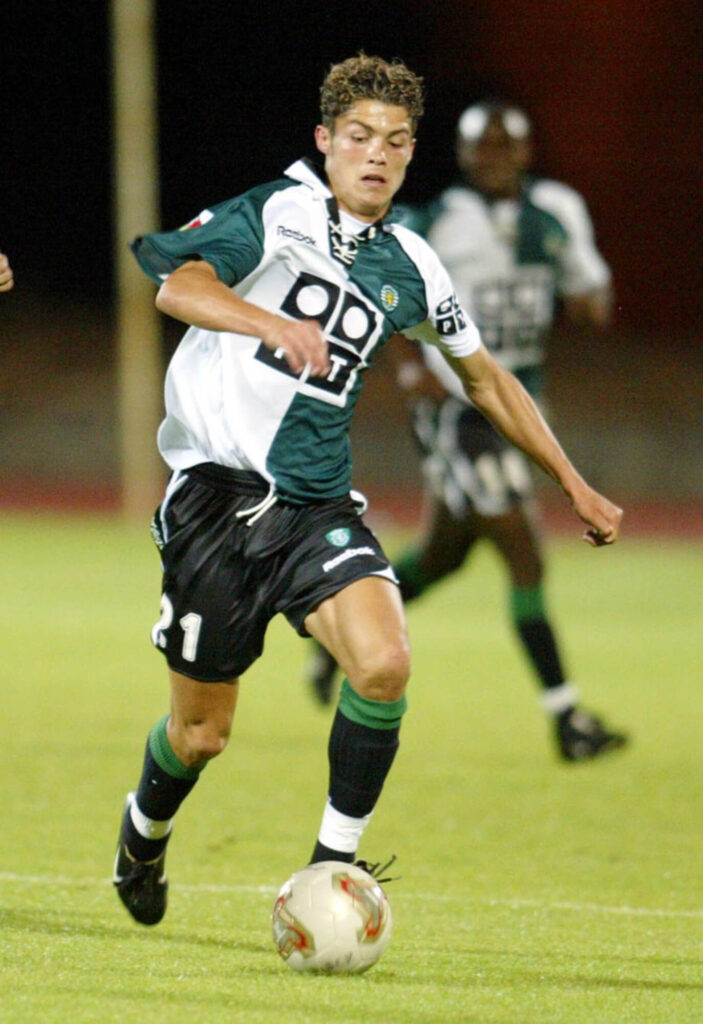
Early Foundations: The Showboat to Star
Ronaldo developed his budding talent with rather aggressive dribbling. At Man United, he was often termed a showboat, mesmerising crowds with step overs and tricks. His lanky physique was not the muscular build the world later came to associate with him. What did impress people was that even back then he was working harder at training than anybody else.
From his early days, Ronaldo started laying the foundations to his physical transformation. Many players recall those gym hours and his zeal to improve his speed, strength, and endurance. This intense desire to be in his best form would later categorise him.
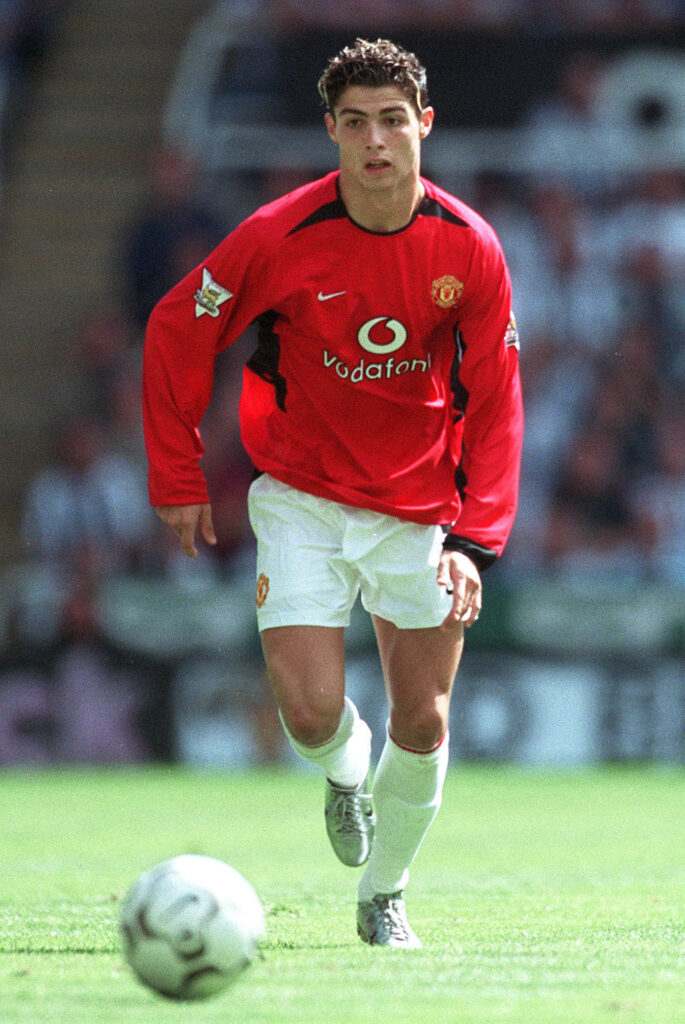
Tactical Evolution: Positions Mastered
Early on, Ronaldo played as a winger, playing in width and using crosses and individual duels. But his tactical acumen developed fast. At Real Madrid, he had evolved into a forward who could play in several positions. He could play on the left wing, right wing, or as a central striker. His versatility allowed him to complete a move into any area on the field.
While at Manchester United, he scored many goals cutting inside from wide areas. At Madrid he became more ruthless, positioning himself centrally to maximize his finishing. This evolution was only possible because he adapted to different roles.
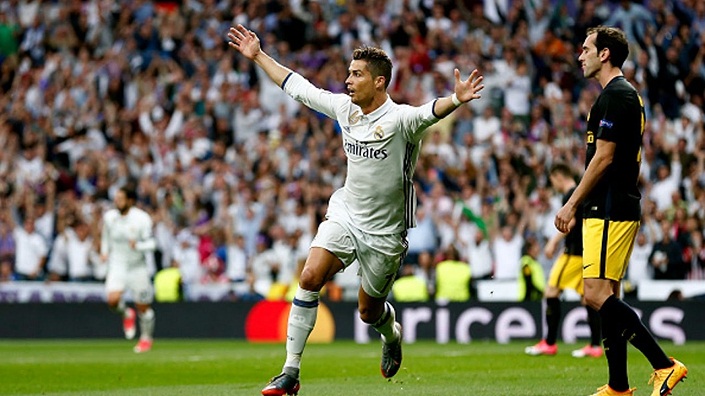
Physical Innovation: The Modern Athlete
Ronaldo’s greatest contribution to football might be his physical innovation. He constructed a body that most refer to as “the perfect athlete”. He was known for electrifying speed, enormous strength, and unprecedented leaping ability. His vertical jump, famously compared to basketball players’, made him an airborne threat.
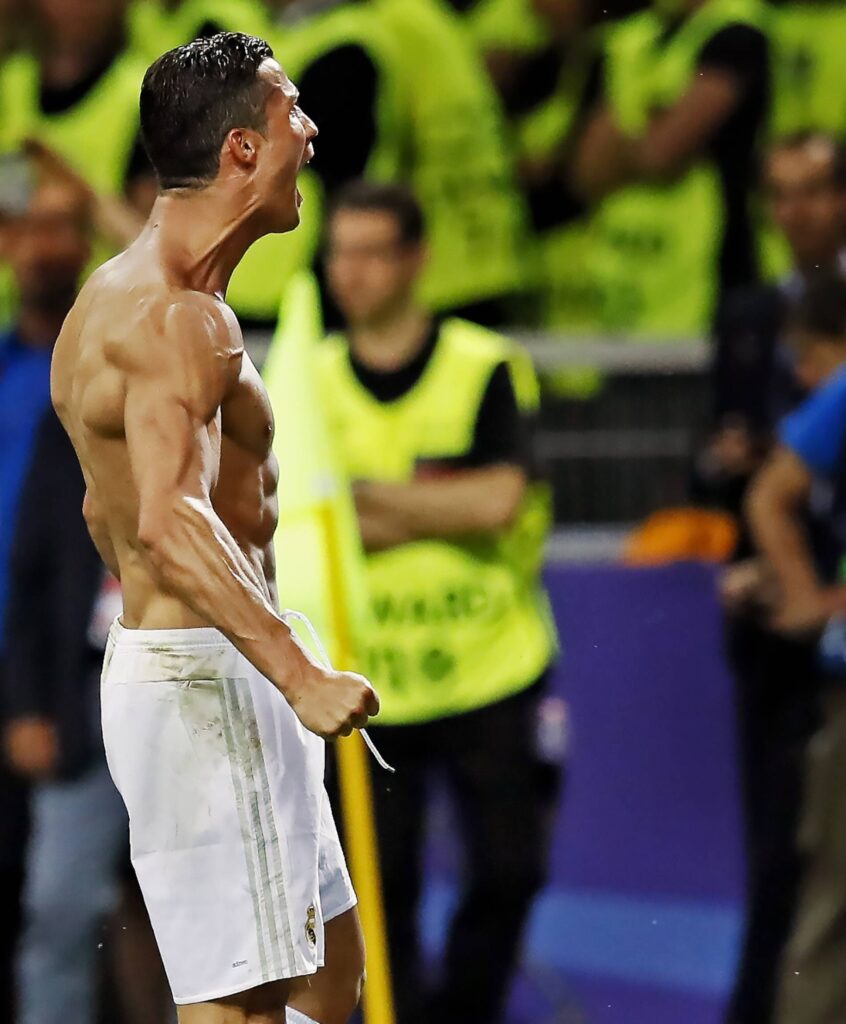
Ronaldo paired God-given ability with dogged commitment. His training was all about sprint power, core strength, and muscle balance. He famously reimagined recovery practices with an emphasis on ice baths, cryotherapy, and an austere diet. With a body fat level under 7%, he made his physical advantage last well past his thirties. At an age where most players started to fade, Ronaldo continued to set records. He demonstrated longevity was possible with scientific conditioning and discipline.
Tactical Flexibility: Role Adaptation
With age, Ronaldo smartly adapted to the situation. The explosive winger who depended upon endless dribbling became a clinical penalty-box predator. By saving energy for the crucial times, he prolonged his prime years. He excelled at movements off the ball, timing his runs and capitalising on errors.
That adaptability was vital when he was at Juventus and at Manchester United’s second era. He no longer had to beat three defenders down the wing. Instead, he was a centre-forward who excelled off positioning, anticipation, and clinical finishing. He could transform himself tactically, yet count on his physical and mental qualities. This is largely why he kept up relevance over three decades of football.
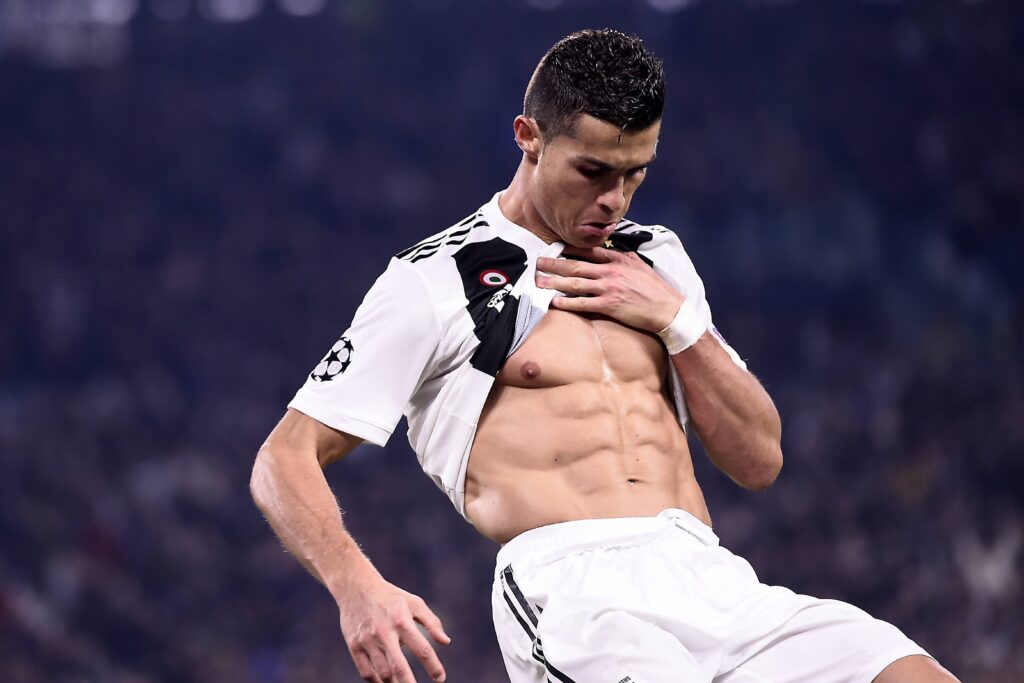
Set-Piece Mastery: The Knuckleball Technique
Another aspect of Ronaldo’s physical and technical development was through set pieces. His free-kick method, the “knuckleball,” became legendary. Hitting the ball with minimal spin created unstable movement. This made it practically impossible for goalkeepers to react. It amplified his technical brilliance and raw physical power to whip the ball with precision and force.
His free-kick technique included long strides, erect posture, and a powerful strike. It was this scientific principle that permeated every single aspect of his game. Despite his success rate declining later, the image from those goals kept defenders and keepers on their toes every time he took up the ball.
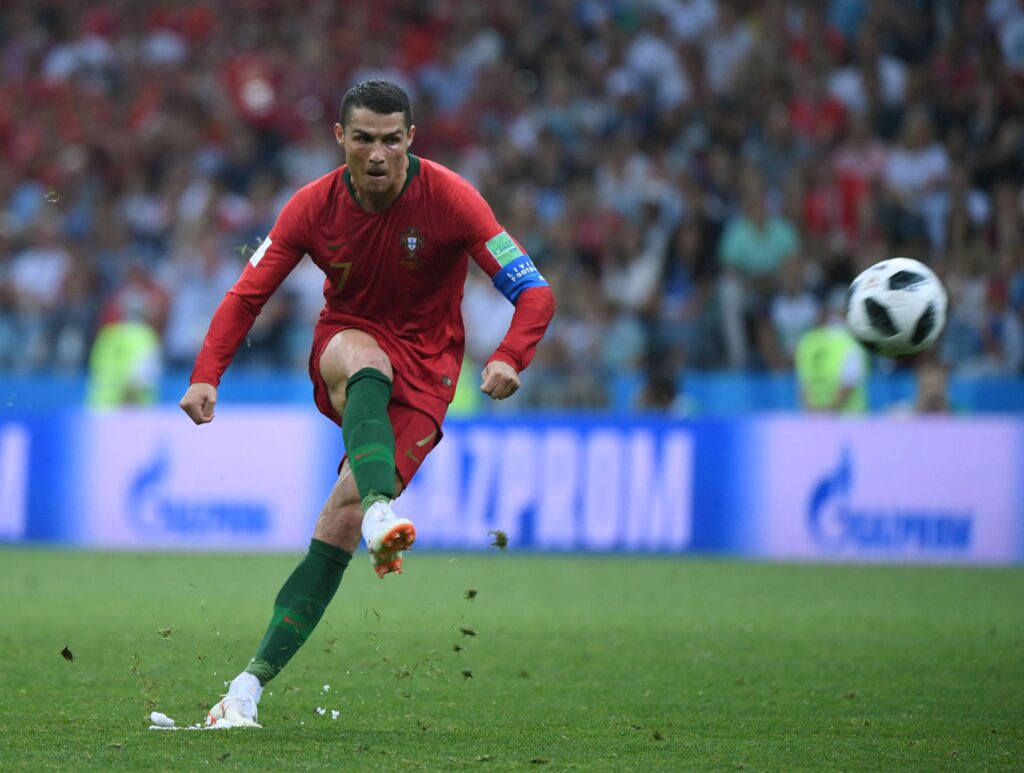
Legacy: The Complete Modern Forward
The legacy of Cristiano Ronaldo can be said to have nothing to do with just goals, trophies or records. He showed that, at the utmost level, talent isn’t quite enough. A player should also focus on top-class fitness, professionalism and versatility.
He became the prototype of modern forwards, who are fast, powerful, versatile, and tireless. Ronaldo gave great faith to young athletes all over the world. With committed training, nutrition, and confidence, performance can reach levels never thought possible. It spilled over into the general sporting world. Athletes from other disciplines also adopted his philosophy.
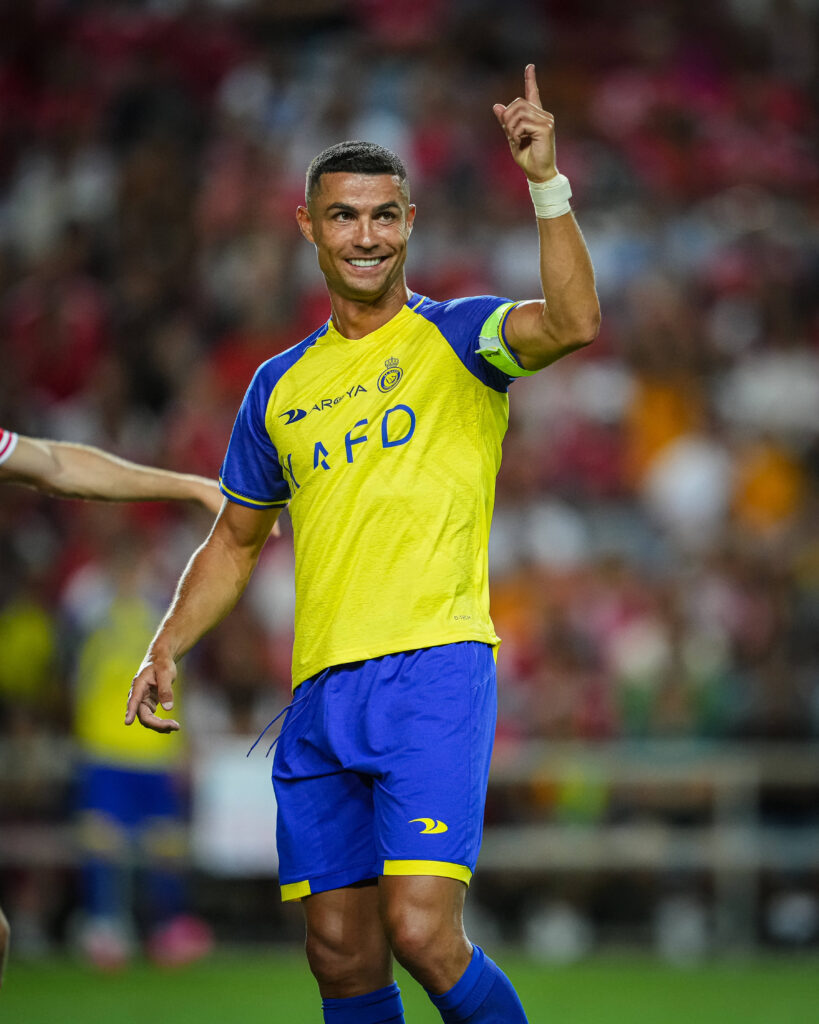
Just as talent must be interwoven with football, it also must be blended with reinvention. To date, his career serves as a roadmap to the future. It shows how physical innovation, tactical intelligence, and mentality can carve a new pathway into what can be done at the highest level.
